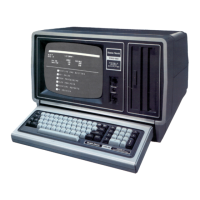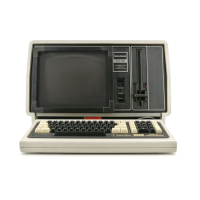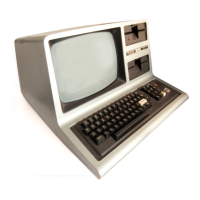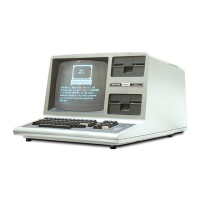value.
It
is
useful when the single-precision value is stored in a
variable.
Take the single-precision variable, convert it to a string with STR$,
then convert the resultant string back into a number with VAL. That is,
use:
VAL(STR$(single-precision variable))
For example, the following program:
10
A!
=
1.3
20 A# =
A!
30
PRINT
A#
prints a value of:
1.28888885231628a
Compare with this program:
10
A!
=
1.3
20 A# =
l)AL<
STR$
(A!
) )
30
PRINT
A#
which prints a value of:
1.3
The conversion
in
line 20 causes the value
in
A!
to be stored
accurately
in
double-precision variable
A#.
Illegal
Conversions
BASIC cannot automatically convert numeric values to string, or vice
versa. For example, the statements:
A$ =
123a
Ail,
=
"123a"
are illegal. They would return a "Type mismatch" error. (Use STR$
and VAL to accomplish such conversions.)
C-
How
BASIC
Manipulates Data
You have many fast methods you may use to get BASIC to count,
sort, test, and rearrange your data. These methods fall into two
categories:
1.
Operators
a.
numeric
b.
string
c.
relational
d.
logical
2.
Functions
2-38
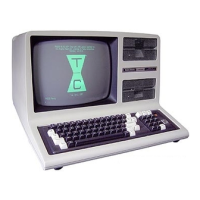
